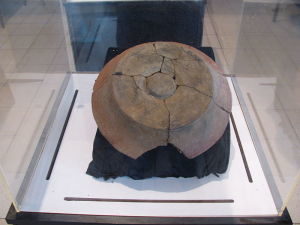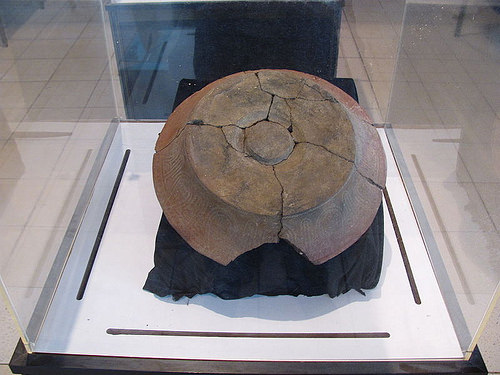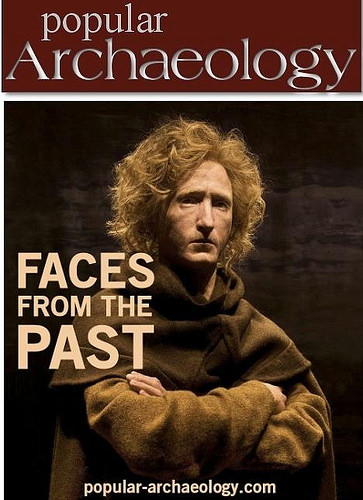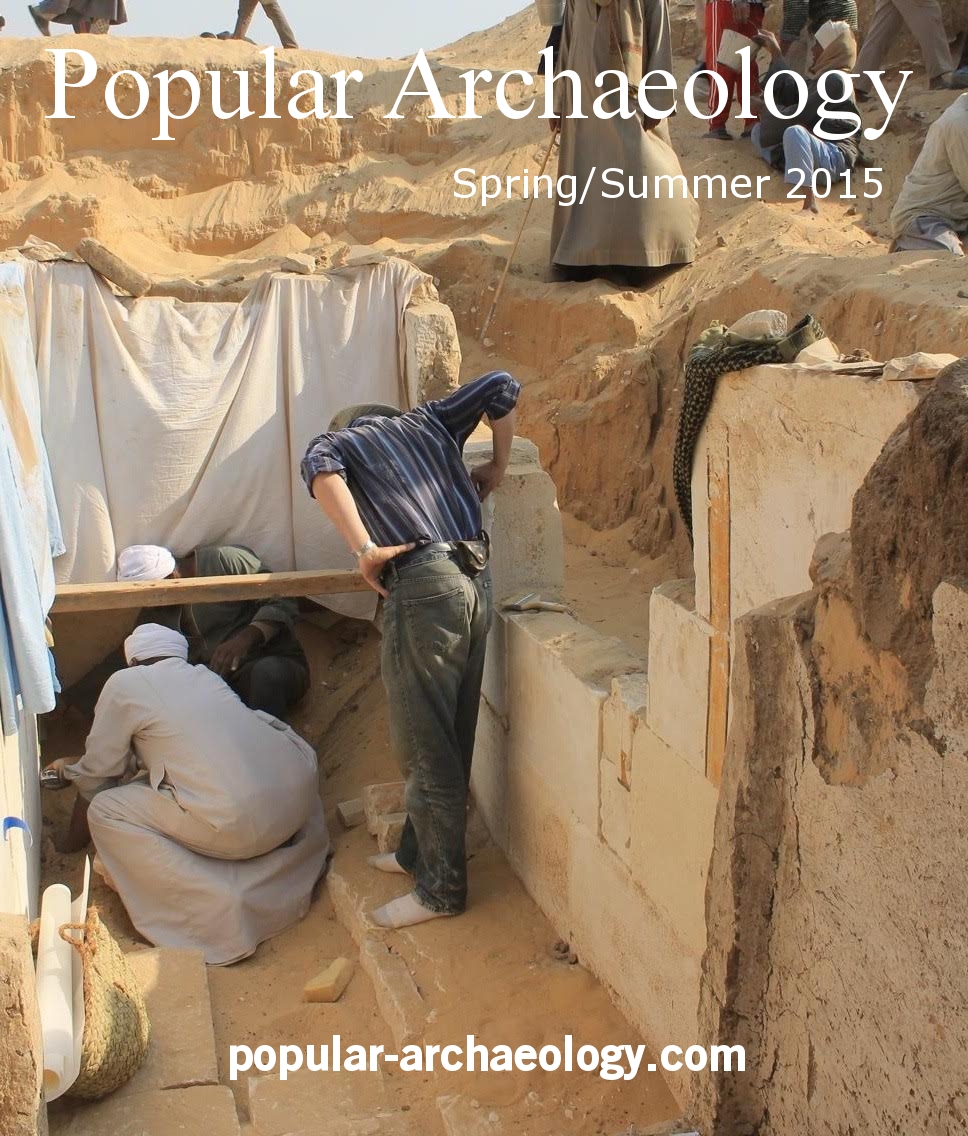
Analysis of the oldest-known cemetery in the South Pacific may help resolve a longstanding debate over the origins and ancestry of Polynesians. Modern-day Polynesians bear strong cultural and linguistic similarities to the ancient people associated with the Lapita Culture who settled on Vanuatu more than 3,000 years ago. However, the origin of the Lapita people remains debated, with recent biological studies suggesting that the group may be of mixed ancestry with a strong contribution from Melanesian populations, who were already established on islands to the west near New Guinea. Frederique Valentin, Matthew Spriggs, and colleagues conducted morphological analyses involving craniometric measurements of skeletons from a roughly 3,000-year-old cemetery at Teouma on the south coast of Vanuatu’s Efate Island. Measurements were taken on five ca. 3,000 to 2,850-year-old skulls recovered from the Teouma site and 270 more skulls from Australia, Melanesia, Western Micronesia, Polynesia, and China. They found that early Lapita remains comport with present-day Polynesian and Asian populations. Later generations, by contrast, begin to exhibit characteristics associated with a Melanesian phenotype.
Combined with archaeological data, their findings* suggest that Lapita settlers in Vanuatu expanded relatively quickly into Polynesia to become the primary contributor to modern Polynesians’ biological make-up. Melanesian migration from previously established areas followed during a time when the early Polynesians were effectively isolated, eventually dominating the original Lapita phenotype, according to the authors.
___________________________________________
The Lapita are perhaps best known for their distinctive pottery, an example of which is shown here. Torbenbrinker, Wikimedia Commons
_________________________________________________________
*“Early Lapita skeletons from Vanuatu show Polynesian craniofacial shape: Implications for Remote Oceanic settlement and Lapita origins,” by Frédérique Valentin, Florent Détroit, Matthew Spriggs, and Stuart Bedford.
Source: Adapted and edited from a news release of the Proceedings of the National Academy of Sciences
_________________________________________________________
In addition, the latest Popular Archaeology ebook is now available.
______________________________________________
Travel and learn with Far Horizons.
____________________________________________
This richly illustrated issue includes the following stories: Two remarkable discoveries that are shedding light on human beginnings in Africa; a traveling exhibit and an archaeological site that show how knowledge is more valuable than gold; a Spanish cave and a unique burial that are offering a tantalizing glimpse on the lives of Ice Age hunter-gatherers in Europe; the stunning visual reconstruction of an ancient Roman town; enlightening new finds at a remarkably well-preserved site of ancient Hellenistic-Roman culture overlooking the Sea of Galilee; rare finds that are shedding light on occult practices among ancient Greeks in Sicily; and an overview of the overwhelmingly rich archaeological heritage of Britain. Find it on Amazon.com.










